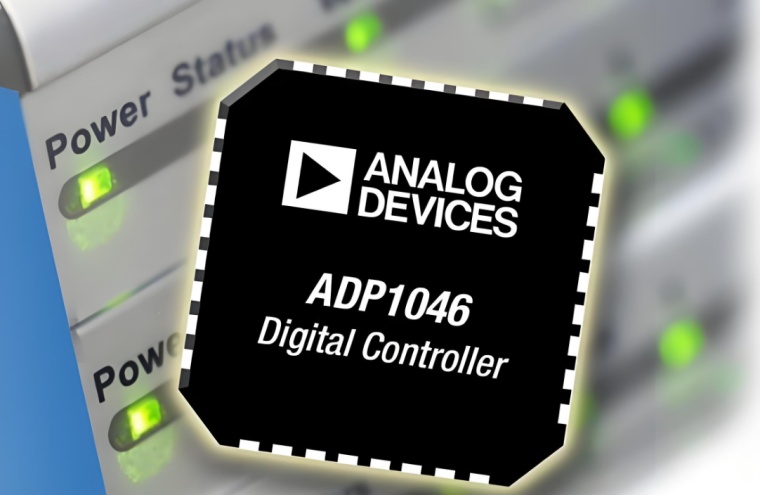**ADM1176-2ARMZ-R7: A Comprehensive Overview of the Hot Swap Controller and Its Applications**
In the realm of modern electronics, ensuring the safe and reliable insertion and removal of circuit boards from live backplanes—a process known as **hot swapping**—is a critical requirement for systems demanding high availability. The **ADM1176-2ARMZ-R7** from Analog Devices stands as a sophisticated and highly integrated solution designed to master this complex task, providing robust protection and precise control for a wide array of applications.
This device is a **hot swap controller** with an integrated **I²C digital interface** and a precision analog-to-digital converter (ADC). Its primary function is to allow a board to be safely inserted into or removed from a live power bus without causing electrical disturbances, such as large inrush currents, arcing, or voltage spikes that can damage connectors, the board itself, or disrupt the entire system's power rail.
**Key Features and Operational Principles**
The ADM1176-2ARMZ-R7 distinguishes itself through a combination of analog control and digital intelligence. Its operation is centered on controlling an external N-channel MOSFET pass transistor, which sits in series between the power supply and the load. The controller manages the turn-on of this MOSFET to limit inrush current.
* **Inrush Current Control:** During board insertion, the large input capacitor of the new board would typically draw a massive surge of current to charge up rapidly. The ADM1176-2ARMZ-R7 prevents this by regulating the gate voltage of the external MOSFET, forcing it to operate in its linear region. This creates a constant current source, **limiting the inrush current to a safe, programmable level** and softly charging the load capacitors.
* **Programmable Fault Protection:** The device offers comprehensive protection features. It continuously monitors the voltage drop across the external MOSFET (using an external sense resistor) to measure the **load current**. It also monitors the input voltage (`VIN`) and the voltage on the load side (`VOUT`). Via the I²C interface, users can set precise **overcurrent (OC) and overvoltage (OV) fault thresholds**. If these limits are breached, the controller can immediately shut off the MOSFET, isolating the faulty card and protecting the rest of the system.
* **Digital Power Monitoring (Telemetry):** A standout feature is its integrated 12-bit ADC. This allows the host system to query the device via the I²C bus to read back real-time values of **input voltage, output voltage, and current**. This capability for **system telemetry** is invaluable for monitoring power consumption, predicting potential failures, and optimizing performance in data centers and networked equipment.
* **Programmable `ON` Pin:** The device includes an `ON` pin that can be used to turn the MOSFET on or off via an external logic signal, adding flexibility for system control.
**Typical Applications**
The robustness and intelligence of the ADM1176-2ARMZ-R7 make it an ideal choice for a multitude of applications where system uptime is paramount:

1. **Server and Data Center Systems:** For hot-swappable blades, RAID systems, and power supplies in servers and racks, ensuring one module can be replaced without shutting down the entire unit.
2. **Telecommunications and Networking Equipment:** In routers, switches, and line cards that require continuous operation and modular field replacement.
3. **Industrial and Instrumentation Systems:** For modular test, measurement, and control systems where cards need to be inserted or removed while the mainframe is powered on.
4. **Advanced Telecommunications Computing Architecture (ATCA):** This standard explicitly requires sophisticated hot swap capabilities, for which controllers like the ADM1176-2ARMZ-R7 are perfectly suited.
**ICGOODFIND**
The **ADM1176-2ARMZ-R7** is far more than a simple protector; it is an intelligent power management hub. By seamlessly blending robust analog hot-swap control with precise digital monitoring and programmability, it provides a critical layer of safety and operational insight for high-availability electronic systems. Its integration simplifies design, enhances reliability, and empowers engineers to build more resilient and manageable power architectures.
**Keywords:**
1. **Hot Swap Controller**
2. **Inrush Current Limiting**
3. **I²C Digital Interface**
4. **System Telemetry**
5. **Overcurrent Protection**
